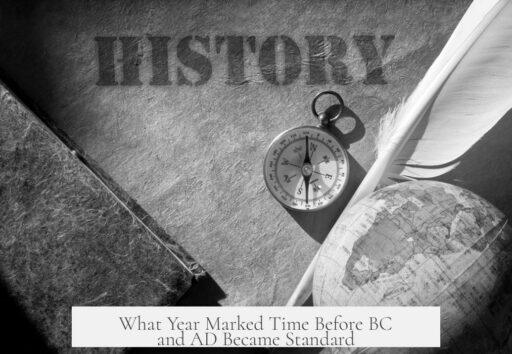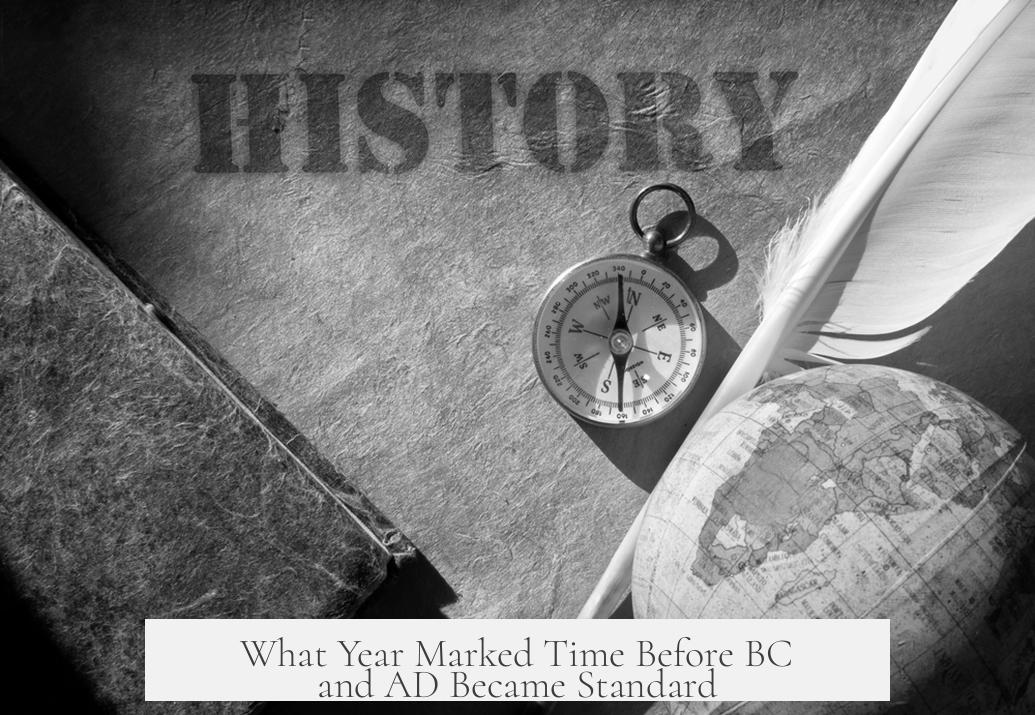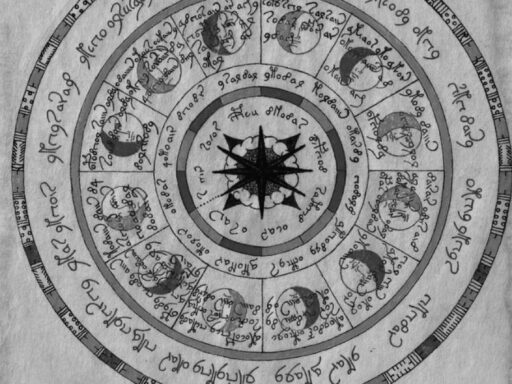Before the BC and AD system became standard, people used various calendar systems based on local events, rulers, or religious milestones to mark the years. The most notable was the Roman calendar, which counted years “Ab urbe condita” (AUC), meaning “from the founding of the city” of Rome in 753 BC. This system was prominent in the Roman world until the introduction of the Anno Domini calendar in AD 525.
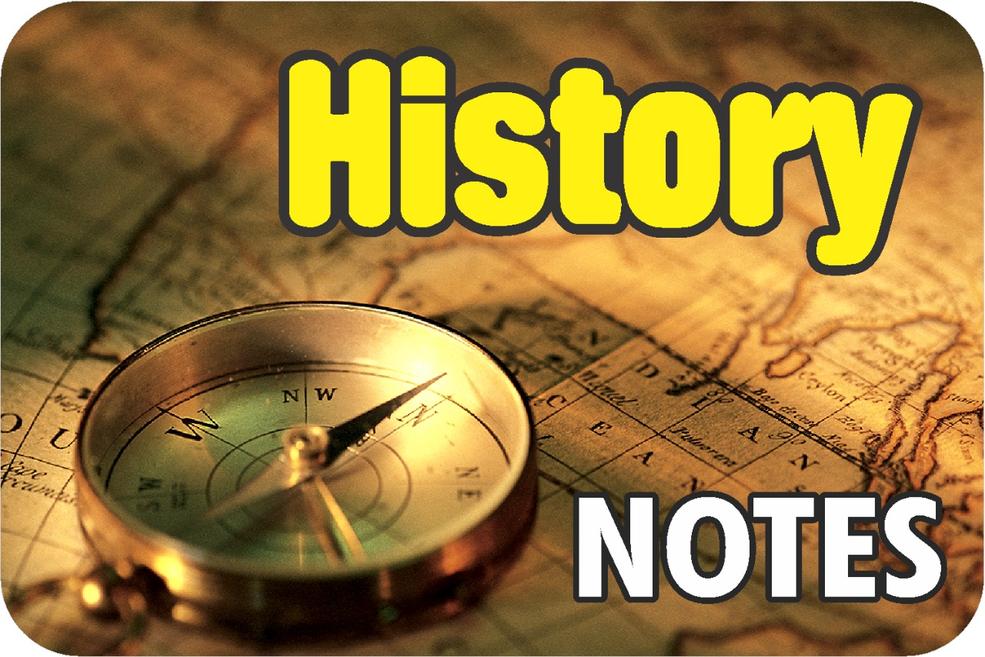
Other systems varied according to culture and region. Many societies used regnal years, counting time by the reigns of kings or emperors. For example, an event might be recorded as happening in “the third year of King X’s reign.” This method made distinguishing dates difficult over time, but it was common for centuries.
Ancient civilizations maintained their own calendars. The Chinese calendar dates back to around 2700 BC, while Hindu calendars reach about 3100 BC. The Jewish calendar calculates years from the creation of the world, approximately 5770 years ago. The Persian Zoroastrian calendar and the Aztec calendar also exemplify this diversity. These calendars continued independently alongside emerging systems.

In the Iberian Peninsula, Spain and Portugal used the “Spanish Era” or “Era of the Caesars,” which began in 38 BC. This system remained in official use well into the Middle Ages, with Portugal being the last Catholic country to adopt the Anno Domini system in 1422.
Another ancient era was the “Anno Mundi” (Year of the World) system created by the Alexandrian monk Annianus around AD 400. This calendar calculated years from the creation of the world, initially set around 5492 BC according to some Byzantine chroniclers. Various versions existed, including the Byzantine Era starting from 5509 BC. This dating system featured prominently in Eastern Orthodox traditions.

The “Era of Martyrs,” starting in AD 284 from the accession of Emperor Diocletian, counted years from his rule, marking a period notable for severe persecution of Christians. Used mainly by the Church of Alexandria, it persists in the Coptic Orthodox and Coptic Catholic Churches.
The introduction of the Anno Domini (AD) system by the monk Dionysius Exiguus in AD 525 was designed to replace the Diocletian Era. Dionysius wanted to move away from remembering Diocletian, seen as a harsh persecutor of Christians. His system counted years from the estimated birth of Jesus Christ, establishing the foundation for the BC/AD format.

Despite the AD system’s dominance later, it never completely replaced other calendars globally. For instance, the Muslim calendar counts years from the Hijra (AD 622), the migration of Prophet Muhammad. Many countries still observe traditional calendars alongside the Gregorian calendar, which aligns with AD/BC for international use.
| Calendar System | Starting Point | Region/Usage | Notes |
|---|---|---|---|
| Ab urbe condita (AUC) | 753 BC (founding of Rome) | Roman Empire | Used until AD 525 |
| Regnal Years | Year of ruler’s reign | Multiple cultures | Varied, ruler-dependent |
| Spanish Era | 38 BC | Spain, Portugal | Used until 15th century |
| Anno Mundi (AM) | Approx. 5492 BC | Byzantine Empire, Eastern Orthodox | Year of creation of the world |
| Era of Martyrs | AD 284 | Church of Alexandria, Coptic Churches | Marked from Diocletian’s reign |
| Muslim Calendar | AD 622 (Hijra) | Islamic countries | Religious calendar |
People’s understanding of the “year” before BC and AD was thus tied to a variety of starting points. These points often reflected foundational, religious, or political landmarks significant to their culture. The Roman system served as the closest predecessor to BC/AD but was not universal.
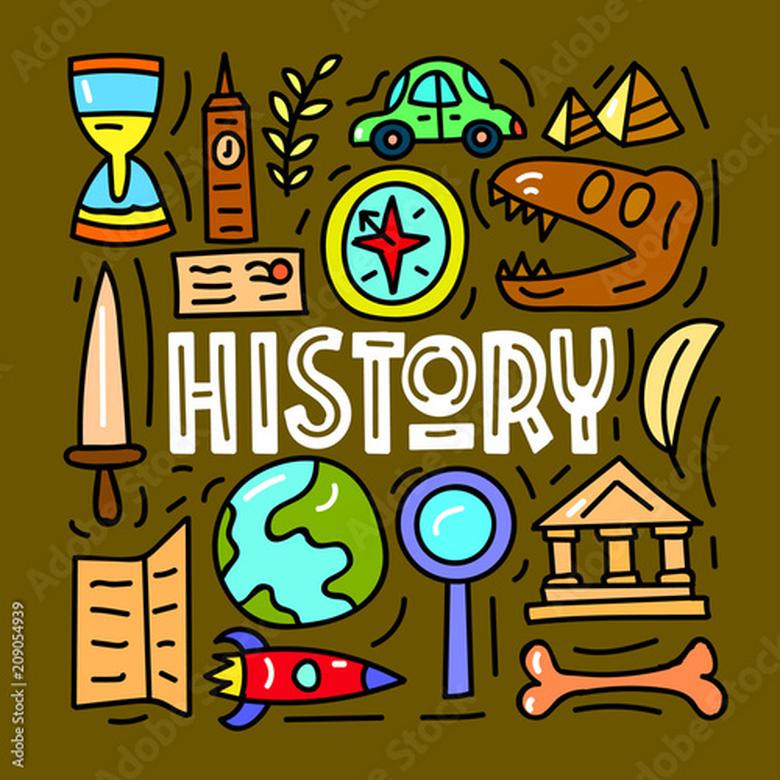
In summary, years before the BC and AD norm were labeled by:
- Counting from the founding of Rome (AUC)
- Regnal years (reigns of kings and emperors)
- Era of the Caesars (Spanish Era from 38 BC)
- Anno Mundi (year of creation as per religious reckoning)
- Era of Martyrs (counting from AD 284)
- Various ancient calendars (Chinese, Hindu, Jewish)
These diverse systems highlight how societies anchored time to their distinct histories before adopting a unified BC/AD method.

- Roman AUC counted from 753 BC until AD 525.
- Regnal years marked events by rulers’ reigns across many cultures.
- Spanish Era dated from 38 BC, used into the 15th century.
- Anno Mundi began over 5,000 years before modern times, linked to creation.
- Era of Martyrs and Muslim calendars reflect religious starting points.
- Multiple calendars coexisted before BC/AD’s global use.
What Year Did People Say It Was Before BC and AD Became the Norm?
Before BC and AD became the standard, people measured years mostly by other systems like the Roman calendar from the founding of Rome, regnal years of rulers, or specific events. There was no universal ‘year 1’ as we know it today. The change to the Anno Domini (AD) system came only around 525 AD, thanks to a monk named Dionysius Exiguus, who wanted to replace the earlier, Christianly unpopular Diocletian calendar.
Let’s peel back the layers of time and see how people kept track of years *before* the gospel-centered dating system took over in the Western world.
The Roman Calendar: Ab Urbe Condita (AUC)
Romans counted years from the founding of their city, known as Ab urbe condita (AUC)—Latin for “from the founding of the city.” This founding event, 753 BC in today’s reckoning, served as year 1. So, a Roman might say “It is the 700th year AUC” instead of 47 BC.
This system dominated Roman official records and was in common use until about 525 AD.
Imagine trying to figure out a date when the starting point depends on remembering a city’s founding date, rather than an event in religious history. It’s a bit like basing your calendar on when your local town was founded—different towns, different years!
Regnal Years: The Xth Year of King Y
A vast number of ancient cultures used regnal years. It was common to date events by the year of a king or ruler’s reign.
- “In the third year of King Hammurabi…”
- “During the fifth year of Pharaoh Ramesses II…”
- “The tenth year of Emperor Augustus…”
Ancient Egyptians, Babylonians, and Chinese civilizations all used this practice. The challenge? You’d have to know exactly when each ruler began their reign to interpret dates. And good luck syncing events across kingdoms!
Other Notable Calendars: Cultural Diversity Before AD
Various civilizations had their own unique calendars, each with legends and starting points grounded in their cultures and beliefs.
- The Chinese calendar dates back to around 2700 BC.
- The Hindu calendar begins roughly in 3100 BC.
- The Jewish calendar famously starts much earlier, counting from the biblical creation of the world, placing its first year about 5,770 years ago.
- The Muslim calendar runs from Muhammad’s flight (Hijra) from Mecca to Medina in AD 622, but this was, of course, later than the AD system.
The point? Calendars weren’t just about counting years; they were deeply tied to culture, religion, and power.
Anno Domini’s Origins and Purpose
Dionysius Exiguus introduced the Anno Domini system around 525 AD to replace the Diocletian calendar, which counted years from a cruel Roman emperor notorious for persecuting Christians.
He set the birth of Christ as the new starting point, hoping to shift focus away from Diocletian and redirect time itself toward the Christian narrative.
Interestingly, Dionysius didn’t include a year zero. Years before Christ’s birth were later labeled BC (Before Christ) by others much after his time.
Other Christian-Era Calendars
Before the AD/BC system took root:
- The “Era of the Caesars” or Spanish Era, counting from 38 BC, was used long after BC/AD came into vogue elsewhere. Portugal held onto this till 1422.
- The Coptic Orthodox Church still uses the Era of Martyrs dating from Emperor Diocletian’s accession in 284 AD.
- Byzantine chroniclers used Anno Mundi, counting years from the creation of the world, starting around 5509 BC.
Did you know Byzantine scholars didn’t agree on the exact creation year? Some placed it at 5492 BC, others 5509 BC. So even “the beginning” wasn’t universally fixed.
So, Was There a ‘Standard Year’ Before BC/AD?
The answer is no. Multiple calendars coexisted, overlapping and conflicting—in some ways, as confusing as time zones today.
If you lived in ancient Rome, your year was likely counted from 753 BC (AUC). If you were an Egyptian, you might reckon years by your pharaoh’s reign. If you were a Jew or a Byzantine Christian, your “year zero” stretched back to the creation.
Different civilizations marked time differently. The present-day BC (Before Christ) and AD (Anno Domini) system is a relatively recent invention, spread gradually through Europe after the early Middle Ages.
Why Does This Matter?
If you think about history textbooks and timelines today, it’s easy to forget that our way of counting years and understanding “time” is just one method out of many.
Recognizing this rich diversity helps us appreciate how humans have tried to anchor themselves in time—through cities founded, rulers crowned, prophets born, or princes persecuted.
Next time you glance at a calendar, remember: timekeeping isn’t just about counting days. It’s about telling stories, shaping identities, and marking what matters most to a people.
Practical Tips for History Buffs and Students
- When reading historical texts, pay attention to the dating system used to avoid confusion.
- Check if years are shown as AUC, Anno Mundi, Era of the Caesars, or regnal years.
- Understand that conversions to modern BC/AD dates often come with some guesswork.
- Remember that calendars and timekeeping evolve, highlighting shifts in power and culture.
So, what if you could pick your own calendar? Would you prefer counting from your favorite ruler’s coronation or mark time from your hometown’s founding? Choices, choices.
“The calendar is a tool, but time is a story we tell ourselves.”
In conclusion, before BC and AD became common, people said the year was whatever system their culture used—often starting from a city’s founding, a ruler’s reign, or a religious event. The globally recognized AD/BC system is a relatively new kid on the historical block, shaping how we see time today.
